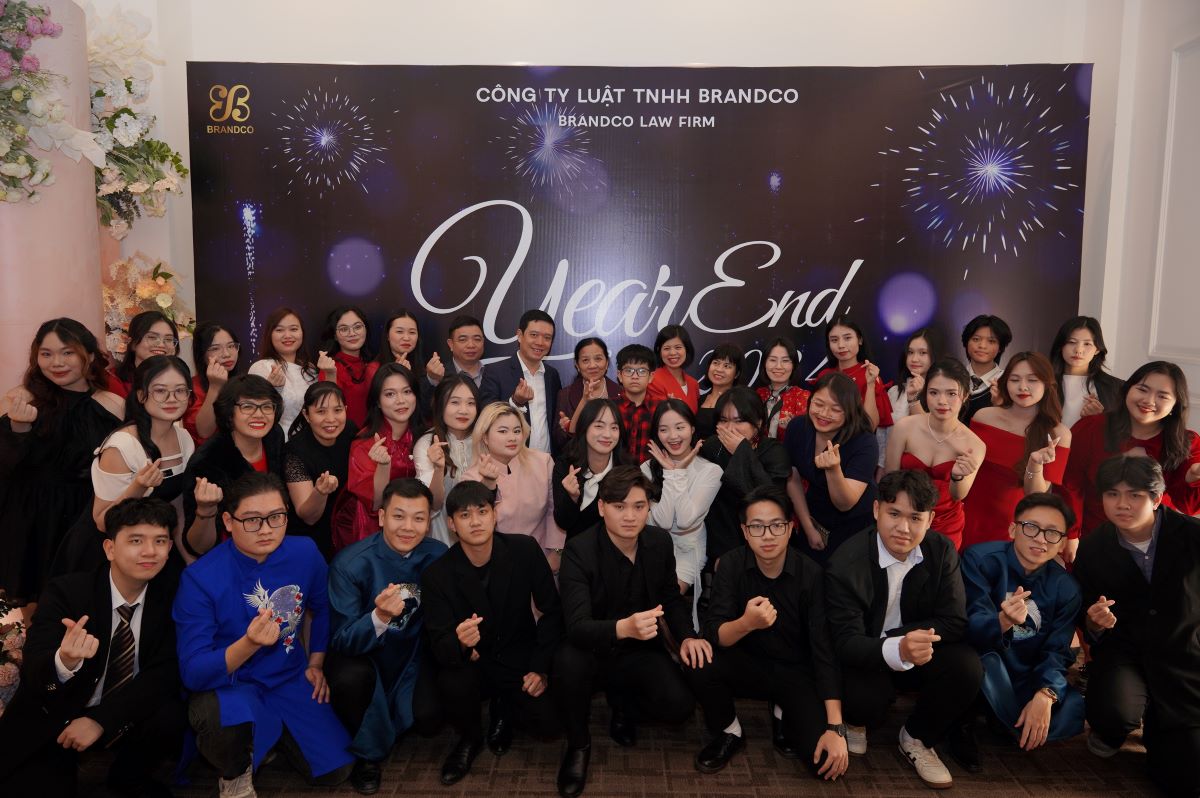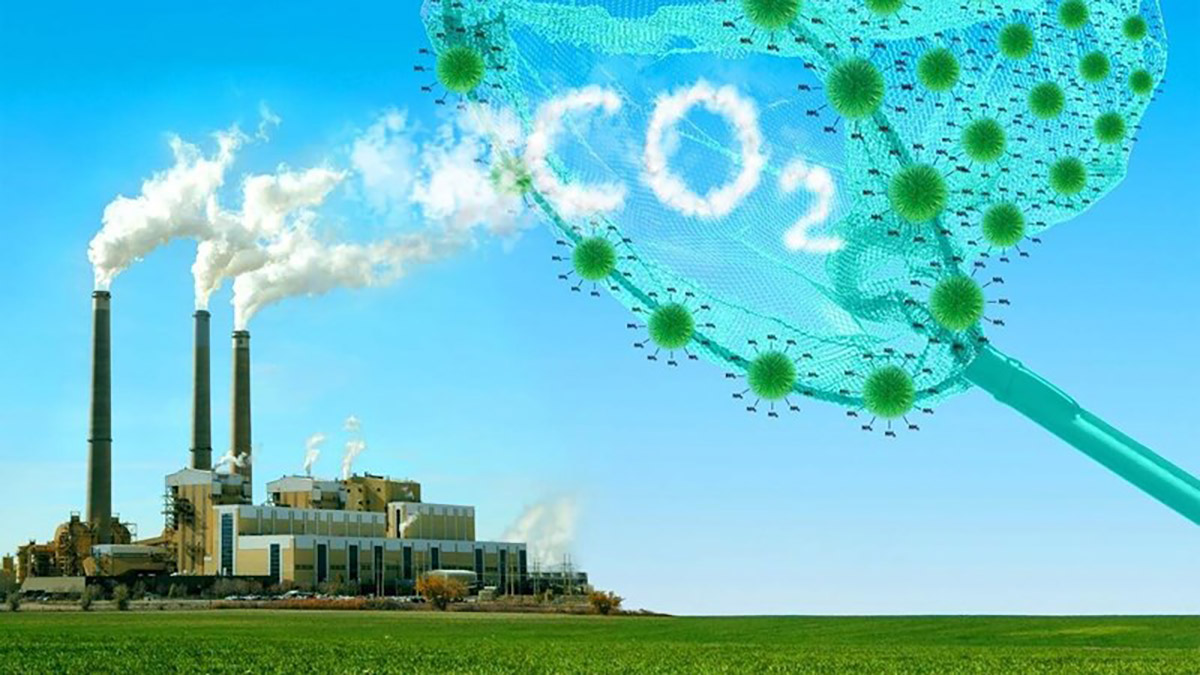Regulations on Registration of Carbon Offset Programs and Projects in Vietnam
1. The concept of carbon offsetting
Carbon offsetting is the process by which organizations reduce greenhouse gas emissions through the organization and operation of programs and projects approved by competent state agencies. Accordingly, the amount of greenhouse gases reduced through the program or project will be used to offset the amount of greenhouse gases that the organization emits during its operations.
Referring to Article 38 of the Implementing Decree of the Republic of Korea's Greenhouse Gas Emission Permit Allocation and Trading Act ("Implementing Decree"), greenhouse gas emission reductions obtained from programs and projects approved by competent state agencies can be converted into carbon credits. Accordingly, one ton of CO2 equivalent reduced through a program or project will be converted into one carbon credit, allowing the program or project owner to use it for trading on the carbon exchange or to offset the allocated quota specified by the Government.
2. Entities that develop and implement carbon offset programs and projects
According to Clause 1, Article 20 of Decree 06/2022/ND-CP, entities that develop and implement carbon offset programs and projects include:
- Vietnamese organizations that need to develop and implement programs and projects;
- Foreign organizations that need to develop and implement programs and projects in Vietnam.
3. Assessing the suitability of carbon offset programs and projects
Referring to Article 39 of the Implementing Decree, a carbon offset program or project will be evaluated for suitability by a competent state agency, in the case of Vietnam being the Ministry of Natural Resources and Environment, before being approved, based on the following criteria:
- Whether there are any efforts made in the project to reduce greenhouse gas emissions, in addition to implementing general requirements for environmental protection and emission reduction for businesses;
- Whether the greenhouse gas emission reduction efficiency achieved through the project is sustainable and can be maintained in the long term;
- Whether the level of greenhouse gas emission reduction through the project can be measured, verified and certified;
- Whether the emission offset and project management methods are in accordance with the regulations of competent state agencies;
- Whether the project complies with the standards prescribed by competent state agencies.
4. Examples of carbon offset programs and projects in Vietnam
- Bac Lieu Wind Power Plant Project: Vietnam's first nearshore wind power plant, located in Bac Lieu province, with a total capacity of 99.2 MW, estimated to reduce emissions of about 143,761 tons of CO2 per year.
- Nam Pia Hydropower Project: Hydropower project in the mountainous area of Son La province, Vietnam with a total capacity of 15 MW, estimated to reduce emissions of about 30,780 tons of CO2 per year.
- Quang Minh Solar Power Plant Project: Quang Minh Solar Power Plant was invested and built in Ea Wer commune, Buon Don district, Dak Lak province by Srepok Solar Power Joint Stock Company with a capacity of 50 MWp, estimated to produce 72,448 MWh of electricity per year. The project uses polycrystalline panels to capture solar radiation and generate electricity. The solar panels used in the project are imported from China, with a lifespan of 25 years. The emission reduction from the project is estimated at about 61,524 tons of CO2 equivalent per year.
- Vietstar Urban Waste Treatment Project in Cu Chi district, Ho Chi Minh City: The project's activities include sorting urban waste, recycling waste from plastic, treating organic waste by aerobic thermal method, estimated to reduce emissions of about 181,492 tons of CO2 equivalent per year.
- Boiler fuel conversion project from FO oil to rice husk coal at Saigon VeWong Company, Ho Chi Minh City: The project generates steam from biomass by-products (rice husk pellets) - a carbon-neutral fuel, with negligible environmental impact and utilizes biomass by-products, thereby bringing about an emission reduction of 24,866 tons of CO2 equivalent per year.
- Cogeneration project using bagasse of Lam Son Sugar Joint Stock Company - LASUCO: Through this project, LASUCO expands its sugar factory with a capacity from 4,000 tons of sugarcane/year to 7,500 tons of sugarcane/year, allowing the factory to generate a surplus of biomass by-products of about 175,000 tons per year for electricity generation, achieving an emission reduction of about 31,706 tons of CO2 per year.
- Methane emission reduction project in rice fields in Nghe An: The project is organized by Green Carbon Japan Co., Ltd. in coordination with Bac Nghe An Irrigation Management Co., Ltd. by deploying a new irrigation management system on an area of 30,000 hectares of rice fields in Nghe An. The project focuses on using the "intermittent irrigation" method to reduce the amount of methane gas released from rice fields. Specifically, Green Carbon will alternately flood the fields and leave them dry for a certain period of time to control the activity of methane-producing bacteria in the soil - the main source of methane emissions, thereby reducing the amount of methane released into the environment.
5. Dossier for registration of carbon offset programs and projects
Clause 2, Article 20 of Decree 06/2022/ND-CP stipulates that the entities mentioned in Clause 1 of this Article, if implementing carbon offset programs and projects within the framework of the United Nations Framework Convention on Climate Change, international treaties and agreements to which the Socialist Republic of Vietnam is a member, shall submit a dossier for registration of the program or project, including:
"a) Application form for approval of the program or project according to Form No. 03 of Appendix V issued together with this Decree;
b) Program and project documents developed according to the guidance of the Ministry of Natural Resources and Environment in accordance with the provisions of the United Nations Framework Convention on Climate Change, international treaties and agreements to which the Socialist Republic of Vietnam is a member;
c) Technical report or appraisal report of the program or project by an independent appraisal agency according to the guidance of the Ministry of Natural Resources and Environment in accordance with the provisions of the United Nations Framework Convention on Climate Change, international treaties and agreements to which the Socialist Republic of Vietnam is a member;
d) Copies from the original or certified copies of licenses and documents related to the professional activities of the program or project according to current regulations."
Among them, the carbon offset mechanisms within the framework of the United Nations Framework Convention on Climate Change, international treaties and agreements to which the Socialist Republic of Vietnam is a member include:
- Clean Development Mechanism stipulated in Article 12 of the Kyoto Protocol;
- Joint Crediting Mechanism between Vietnam and Japan.
Besides, Clause 5 of this Article stipulates that if the entities implement carbon offset programs and projects outside the framework of the United Nations Framework Convention on Climate Change, international treaties and agreements to which the Socialist Republic of Vietnam is a member, they shall submit a dossier for registration of the program or project including the above documents, adding some more documents:
"a) When registering the program or project, registration information must be sent to the Ministry of Natural Resources and Environment according to Form No. 04 of Appendix V issued together with this Decree; b) During the implementation of the program or project, information on the implementation situation must be periodically provided annually to the Ministry of Natural Resources and Environment before December 31 according to Form No. 05 of Appendix V issued together with this Decree."
The above documents will be submitted to the Ministry of Natural Resources and Environment in one of the forms of direct submission, online submission or sending through postal service.
6. Process for handling dossiers for registration of carbon offset programs and projects
Clause 3, Article 20 of Decree 06/2022/ND-CP stipulates the process for handling dossiers for registration of carbon offset programs and projects as follows:
"a) Within 05 working days, from the date of receipt of the application dossier, the Ministry of Natural Resources and Environment shall notify the organization of one of the following cases: acceptance of a valid dossier; request for supplementation and completion of the dossier or rejection if the dossier is not valid. The deadline for supplementing and completing the application dossier is no more than 15 working days, from the date of written notification of the request for supplementation and completion of the dossier;
b) Within 30 working days, from the date of receipt of a valid application dossier, the Ministry of Natural Resources and Environment shall organize the evaluation of the application dossier for approval of the program or project through soliciting opinions from relevant agencies. The agency consulted shall be responsible for replying in writing within a maximum of 07 working days, from the date of receipt of the written request for comments enclosed with the dossier;
c) Within 03 working days, from the date of having the evaluation results, the Minister of Natural Resources and Environment shall consider and decide to approve the program or project and notify the requesting organization; in case of disapproval, the reasons must be clearly stated."
Thus, the process of handling dossiers for registration of carbon offset programs and projects will be carried out within a minimum of 45 days.


